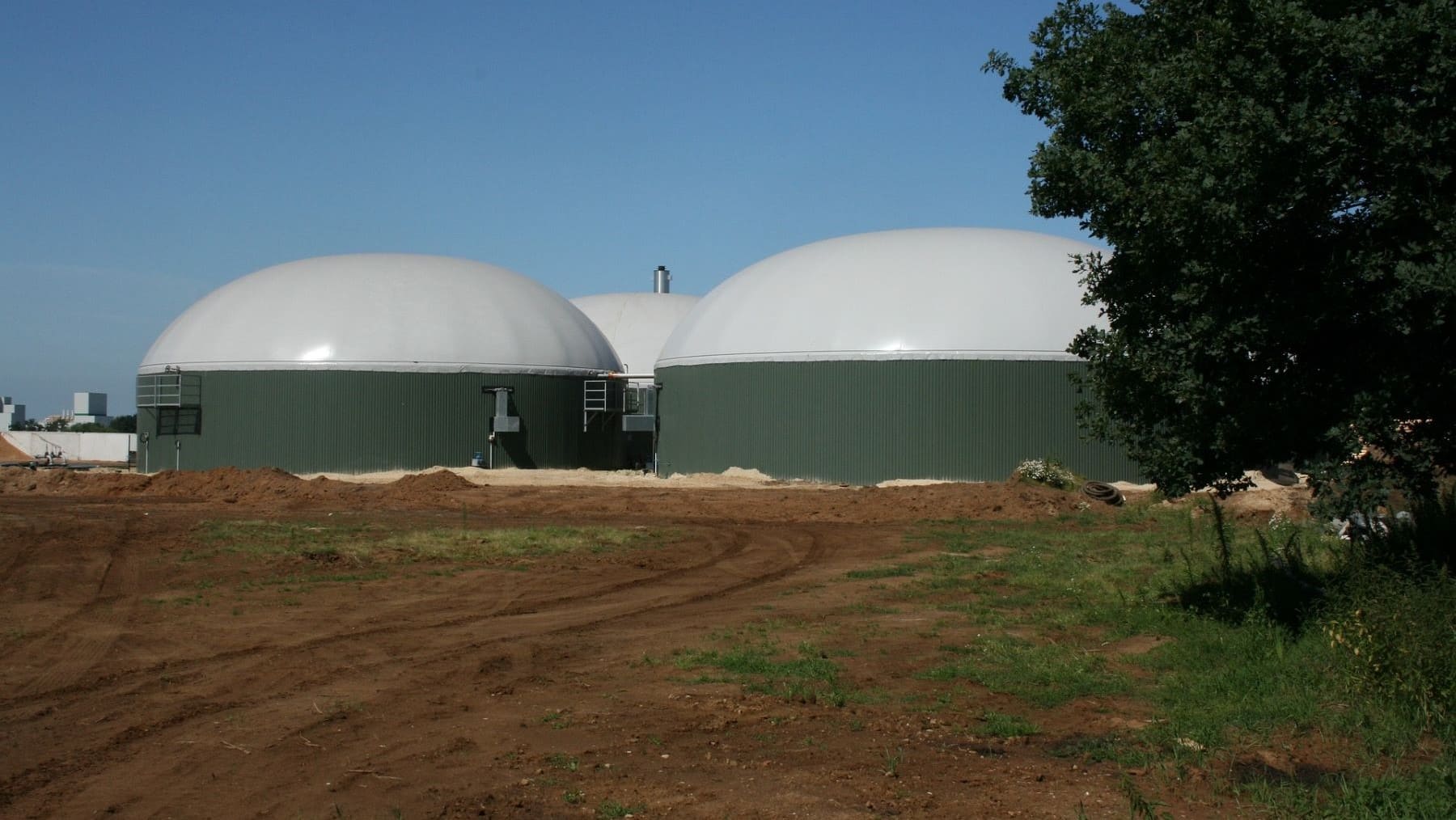He Biogas arises from the breakdown of organic remains (purification sludge, organic waste, agricultural or livestock, etc.) by anaerobic fermentation (without the presence of oxygen). Due to the effect of certain bacteria, methane (CH4), carbon dioxide (CO2) and some other components are generated.
Nasty Producing biomethane, the biogas undergoes a purification procedure By removing the ‘extra’ components, biomethane is obtained, a gas that is considered renewable and has a high calorific and energetic value.
Production of biomethane and agrophood waste
The technology center Eurekat participates in the European project Life Chandelier, which will test its use Agrofood waste for the production of biomethane for vehiclesWith the aim of promoting the sustainability of the transport sector and rural development.

In concrete terms, the project aims to develop a cost -competitive and flexible solution in the field of raw materials, based on modular and innovative technologies that contributes to Reduce greenhouse gas emissions by 80 percent And make the profitable production of biomethane in rural areas possible for sustainable transport, “explains Frederic Clarens, director of Eurecat’s Waste, Energy and Environmental Impact Unit.
The European Commission estimates that 350 TWH biomethane will be produced in 2030, what a Reduction of approximately 110 million tonnes of CO2 equivalent emissionsAbout 6 percent of the total effort required to realize the reduction of greenhouse gas emissions by 55 percent.
In this sense, biomethane is a renewable fuel gas that “can make a significant contribution to the mitigation of climate change in the European Union”, The researcher of the waste, energy and environmental effects of Eurecat Víctor Ortiz emphasizes.
As part of the project, the optimized and traceable production of biogas and biomethane from vehicles will be demonstrated, using blockchain technology, and profitable in small and medium-sized installations, through simultaneous pre-treatment. Due to the extrusion of complex lignocellosic agricultural food wasteIn particular olive pulp, almond caps, vine shoots and grain stro, and the anaerobic co-fermentation thereof with other organic waste from the agricultural feeding sector.
The solution will be complementary With an innovative biogas cleaning systemBased on hydrophobic membrane technology, a more cost -effective and more environmentally friendly alternative compared to traditional methods such as washing with water or chemical absorption.
In that sense, the quality of the biomethane will be validated as BIO-CNG in a high capacity vehicle (HDV) that will cover 120,000 km during the duration of the project. Life Chandelier will also digital modeling of the various processes that are integrated in the proposed solutionWith the aim of optimizing the production of biomethane and facilitating the expansion and replacement in other ecosystems, regions or types of raw materials.
The research is being conducted in the rural area of Matarraña, Aragón
Matarraña, in Aragón, will be the area where the Case Study of the Life Chandelier project will take place, an area rural with intensive agricultural and animal husbandry activitiesAnd one of the largest producers of olive, wine and almond products in Europe. The results of the project will be tested and validated through a demonstrator that will be developed in the Biogas installation of Valderrobres, which is currently managed by project partners Guco and Genia BioEnergy.
The Life Chandelier project, co-financed by the European Union, is coordinated by the Aragonese Food and Nutrition Cluster and has a consortium consisting of a leading company in the meat sector, Innovative companies in the renewable gases and technology centers sector Specialized in the production of bioenergy and the management of agri-food waste: Guco (Grupo Arcoiris), Genia Biannergy, Ineren, Instituto Tecnológico de Aragón and the Eurecat technology center.

